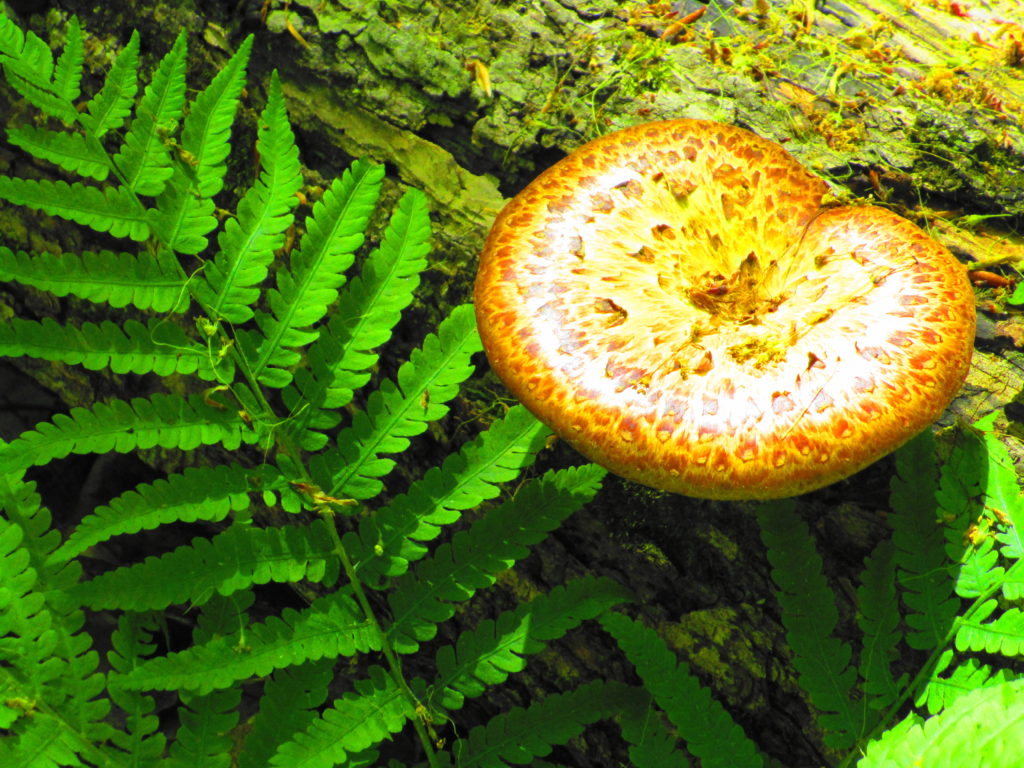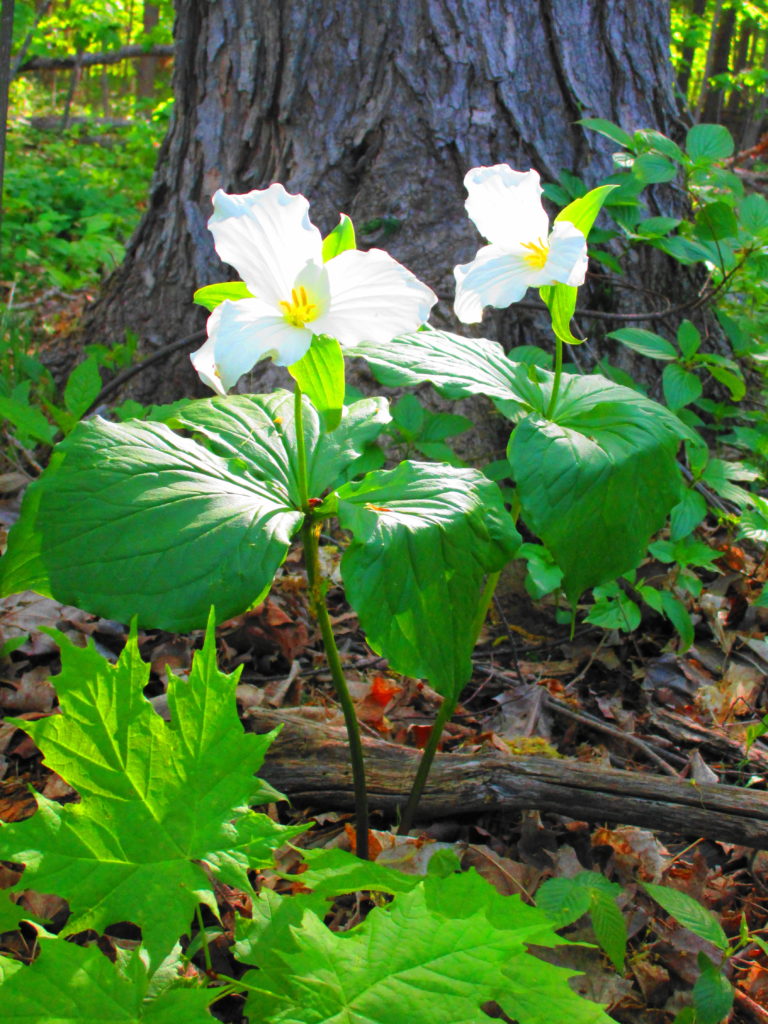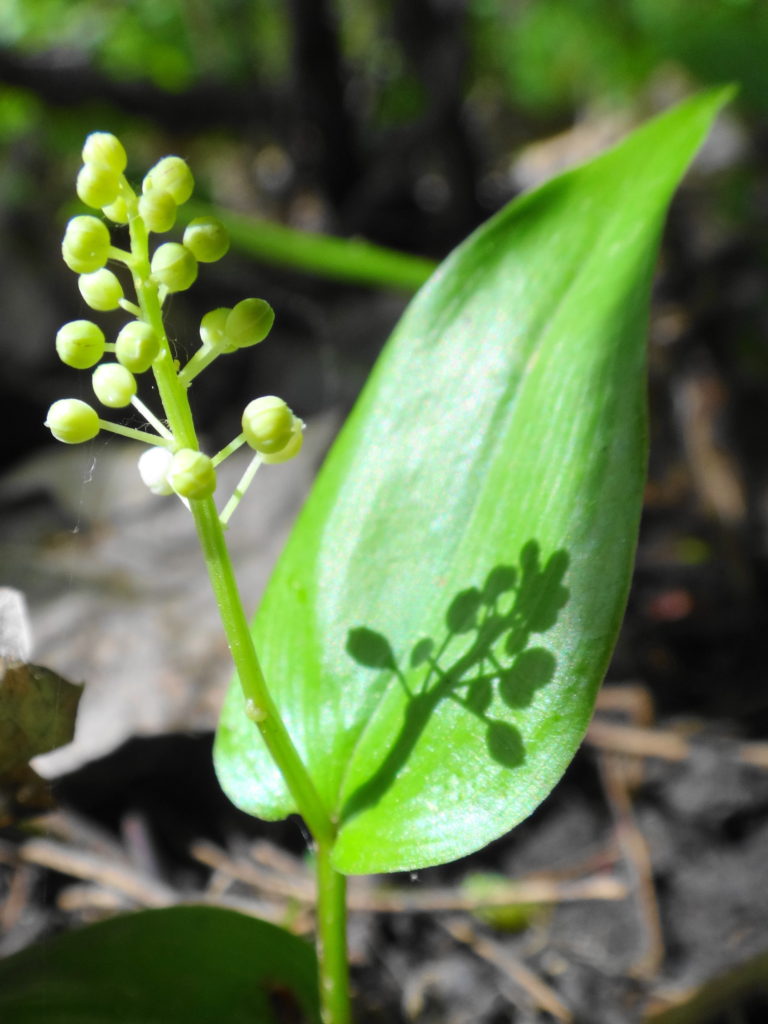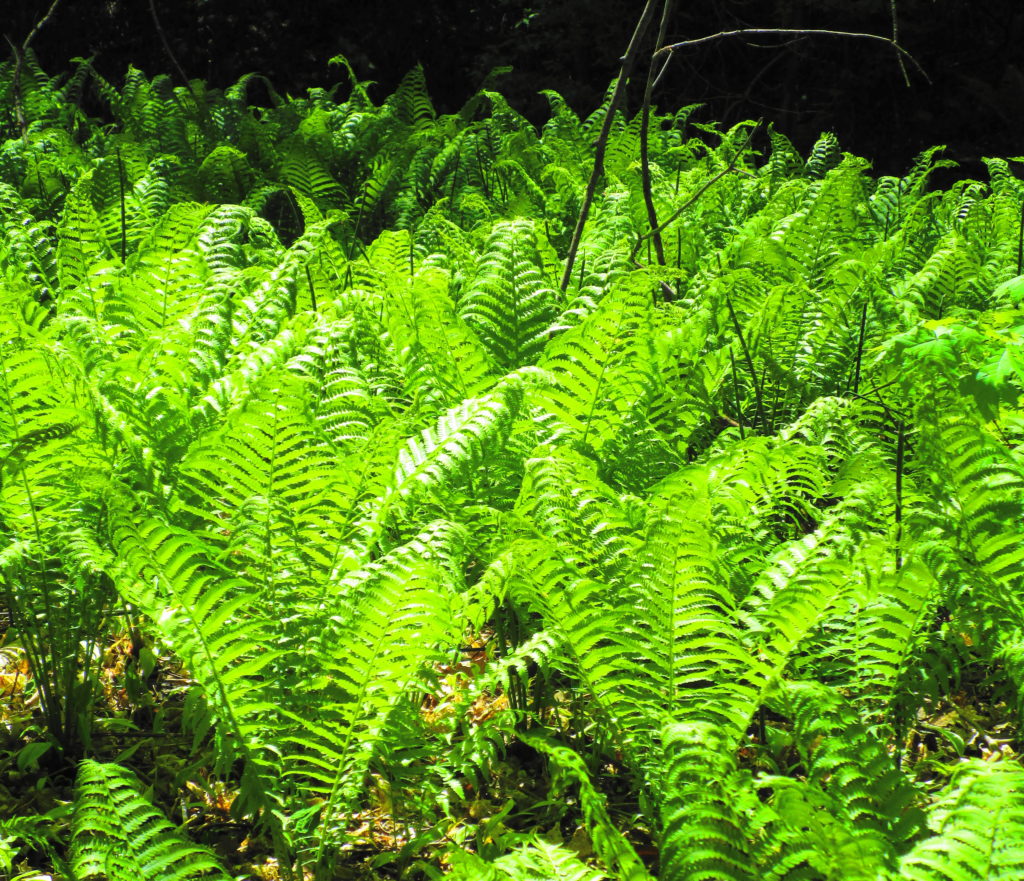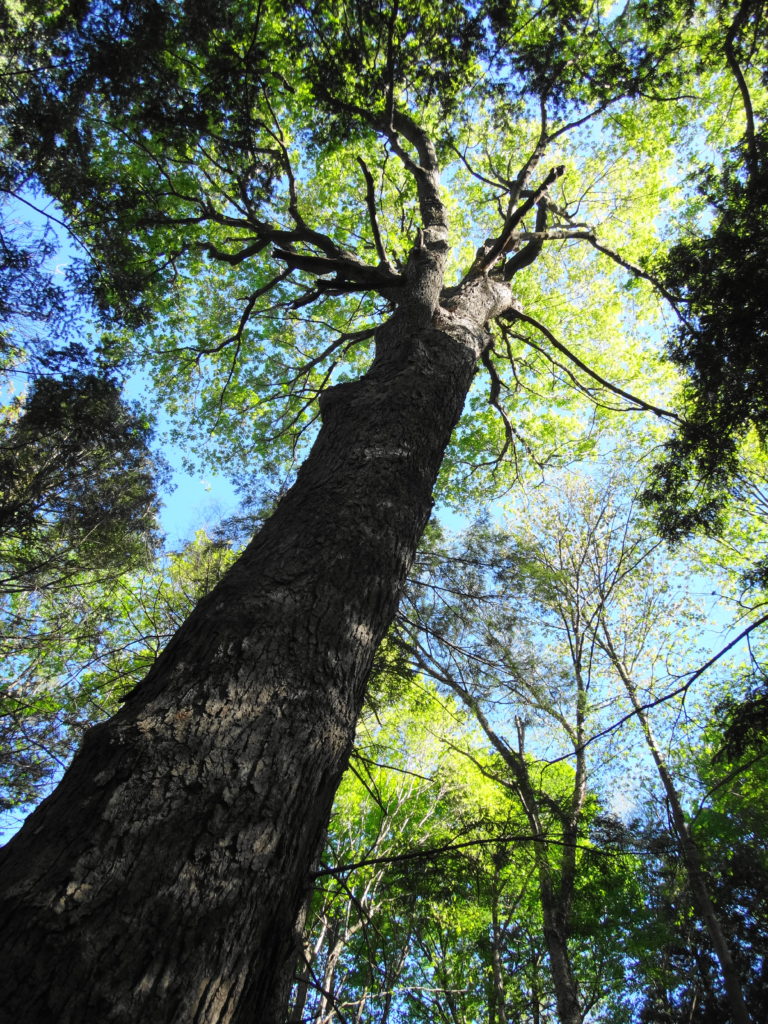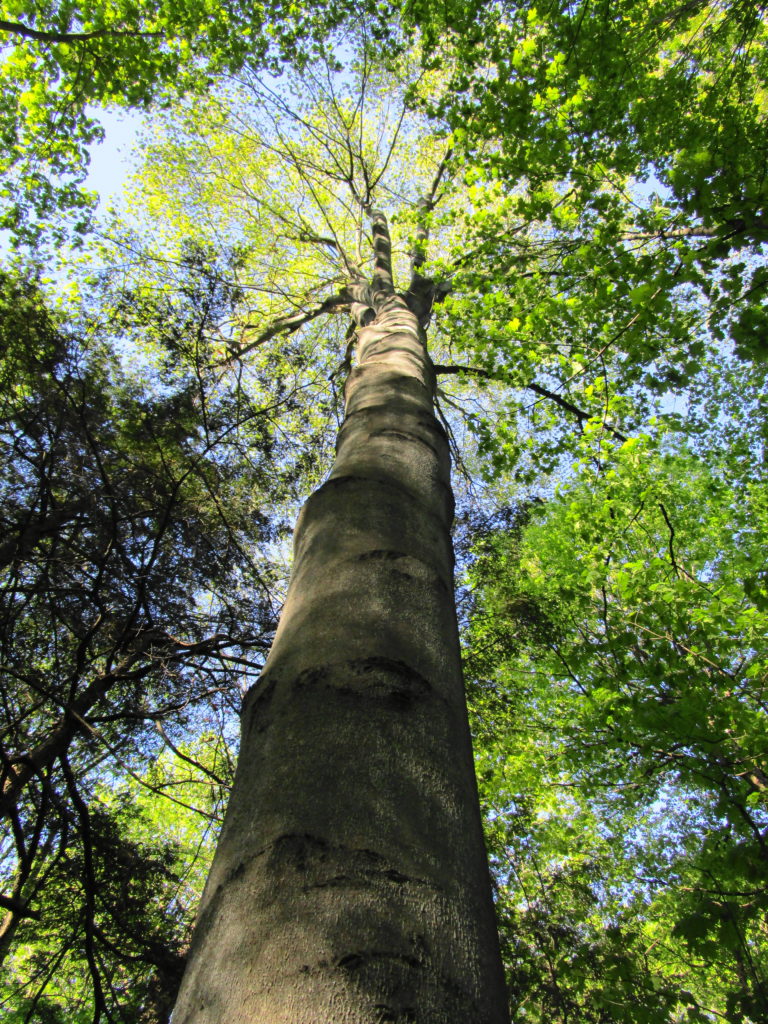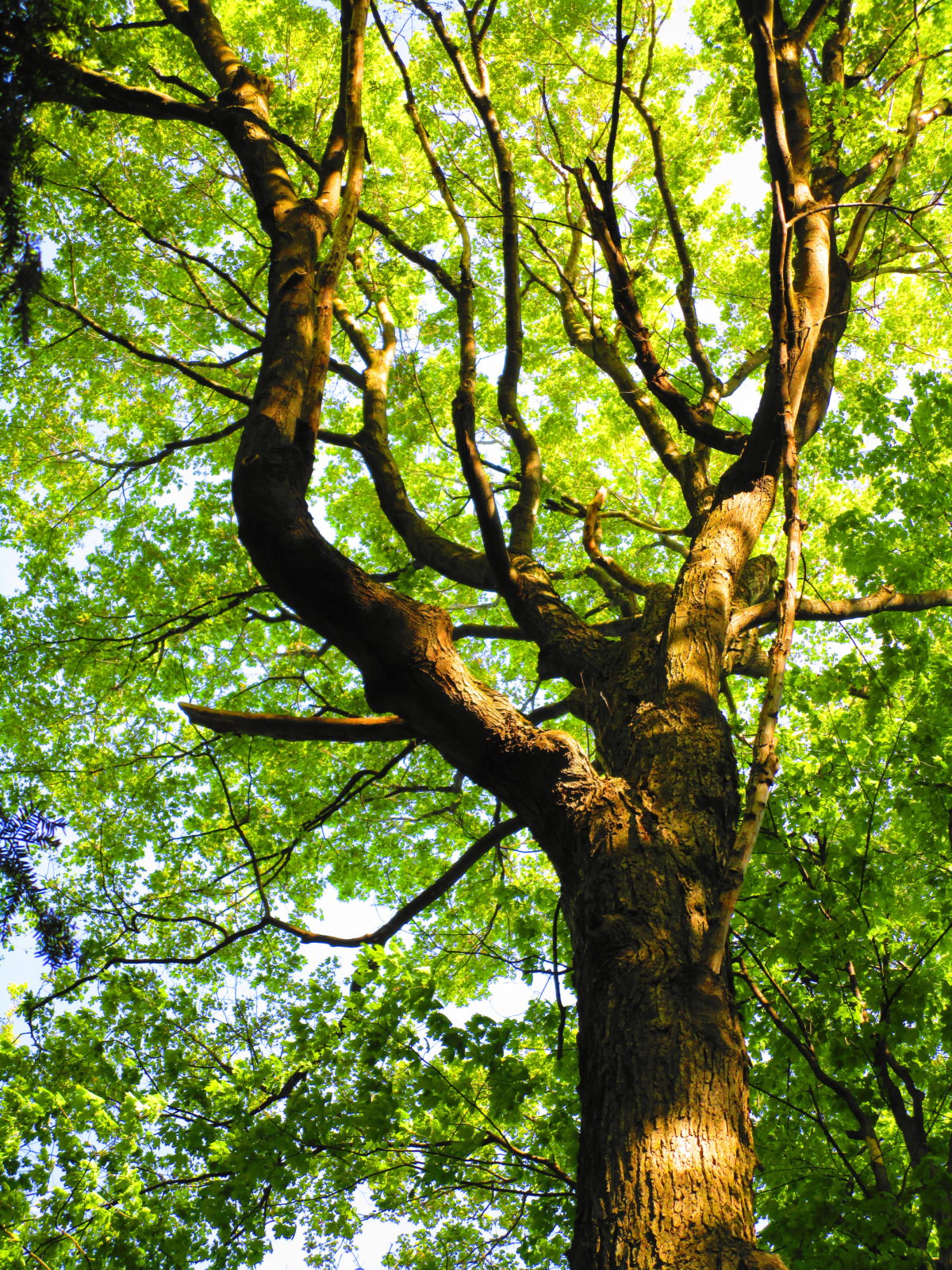What makes a large urban forest special, and to whom? How do you plan it? How do you manage it?
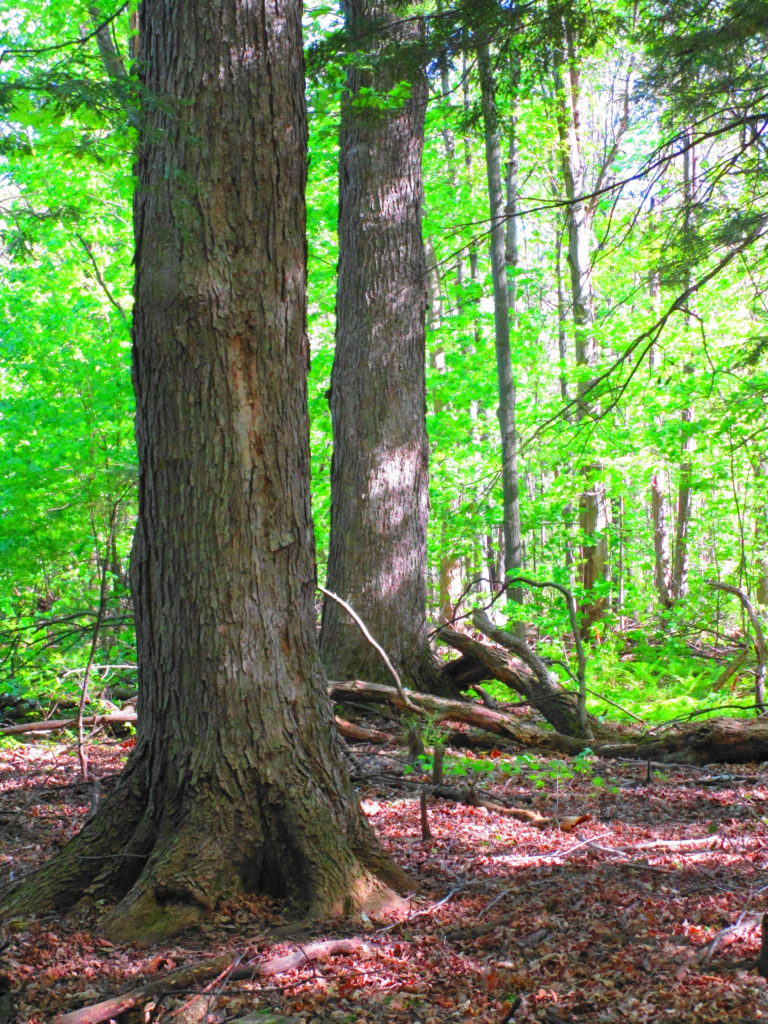
Not planning and managing it won’t do. “Just leave it alone,” the City often hears. That might work in the Marlborough Forest, or the Carp Hills. In an urban forest, though, we don’t have that choice. Whether the City plans it or not, people will use and change the forest. People will walk their dogs. Kids will ride their bikes, build forts, and climb trees. Homeowners will dump yard waste along the edges. Over time, a network of shortcuts and dusty, packed paths will develop. Soon the blanket of wildflowers will thin and fray into a scattered patchwork, while invasive periwinkle and buckthorn creep inward from the edges. Where massive maples and pines once aged and rotted, providing homes for woodpeckers and other wildlife, Forestry Services will remove any tree that could be a hazard to public safety. Skunks and raccoons, enjoying the bounty of adjacent yards and gardens, will proliferate. Where shaded forest pools once vibrated with the chorus of spring peepers and tree frogs, a silence will fall.

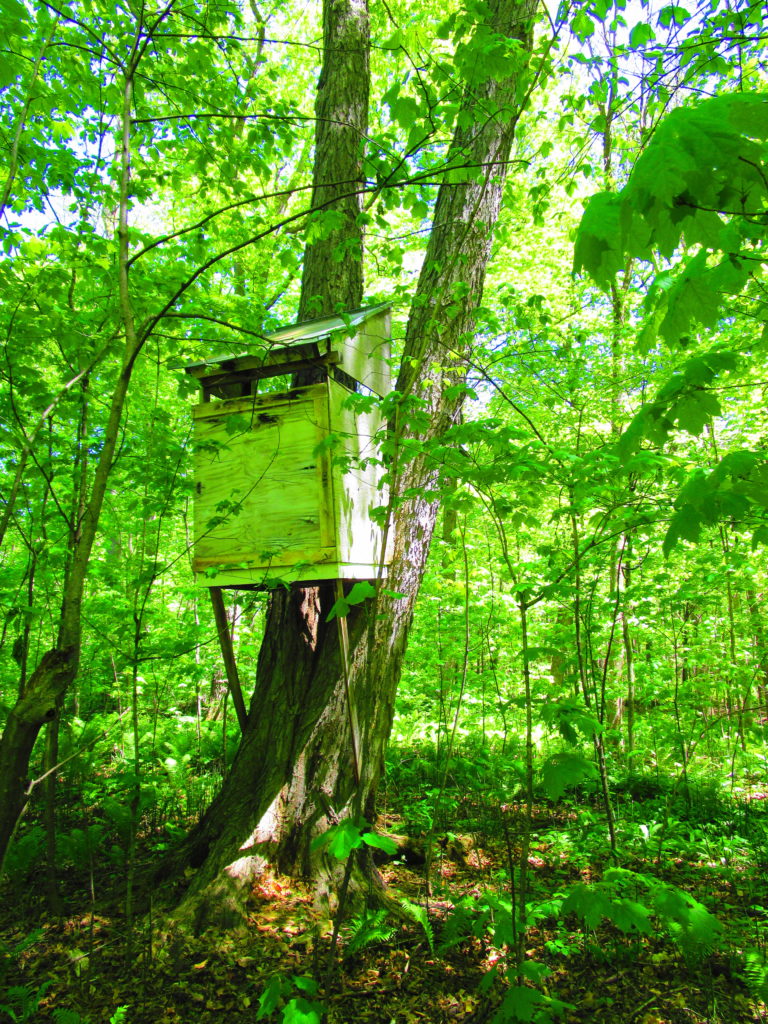
We would like to avoid that fate for the Manotick Drumlin Forest. Acquired by the City from Minto over the winter, the Manotick Drumlin Forest (also known as the Mahogany Forest) comes as close to an old-growth, northern hardwood forest as one can find in Ottawa. In his original evaluation of the forest, the renowned biologist, Dan Brunton, commented on its outstanding beauty, especially the proliferation of wildflowers. In a more recent evaluation, the biologists of Kilgour and Associates noted the remarkable diversity of the woodland. Within its relatively small area, the forest includes not only a mature stand of sugar maple, but also a healthy hemock grove, a red maple swamp, and large specimens of every other tree species commonly found in northern hardwood forests: white pine, beech, yellow birch, basswood, white ash (albeit infected with EAB), black cherry, red oak. Not surprisingly, the Ministry of Natural Resources and Forestry has long identified the forest as a candidate Area of Natural and Scientific Interest (ANSI). Together, the City of Ottawa and Minto have begun planning the preservation of these qualities, while enhancing the value of the woodlot to the surrounding community and the City as a whole.
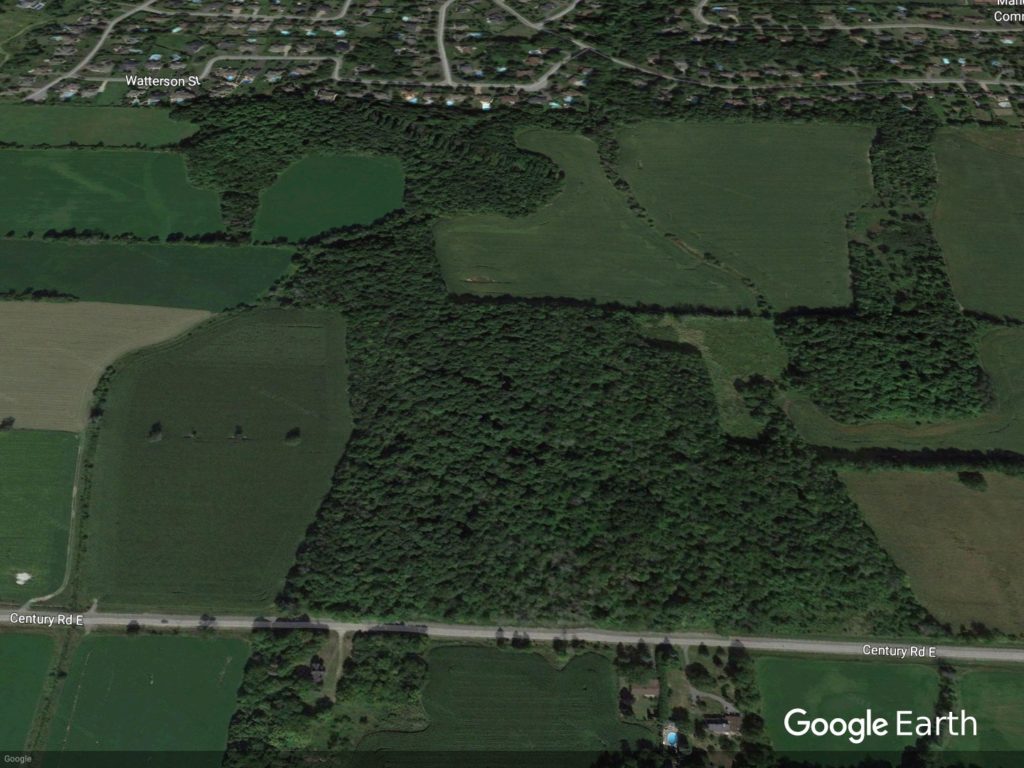
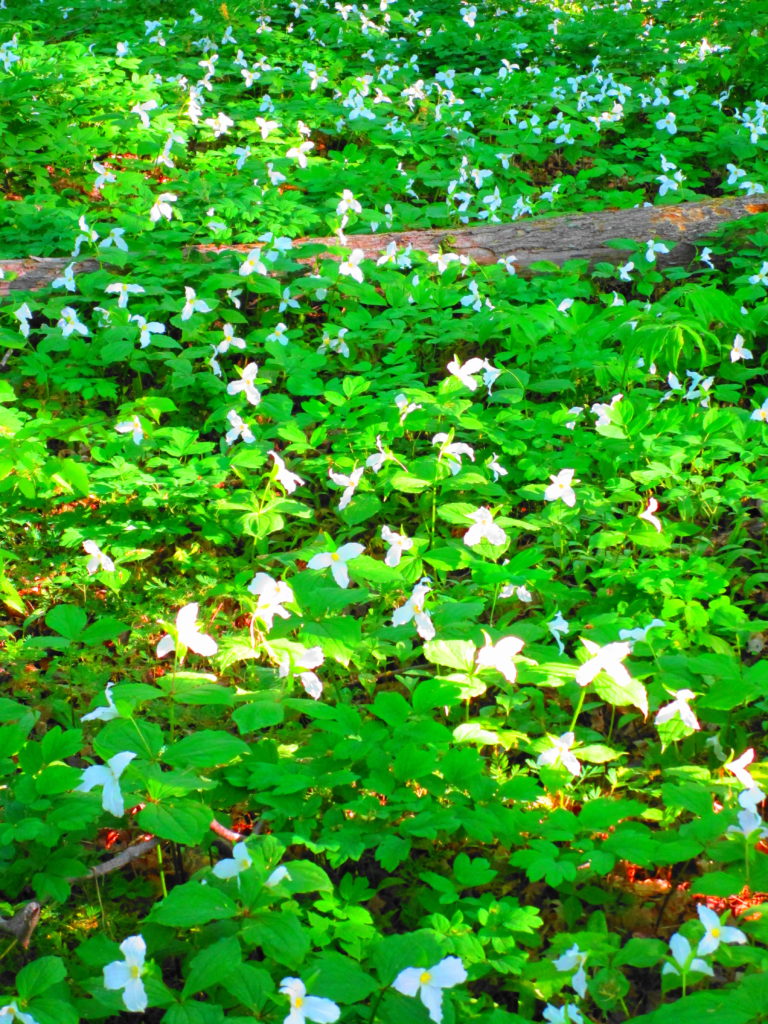
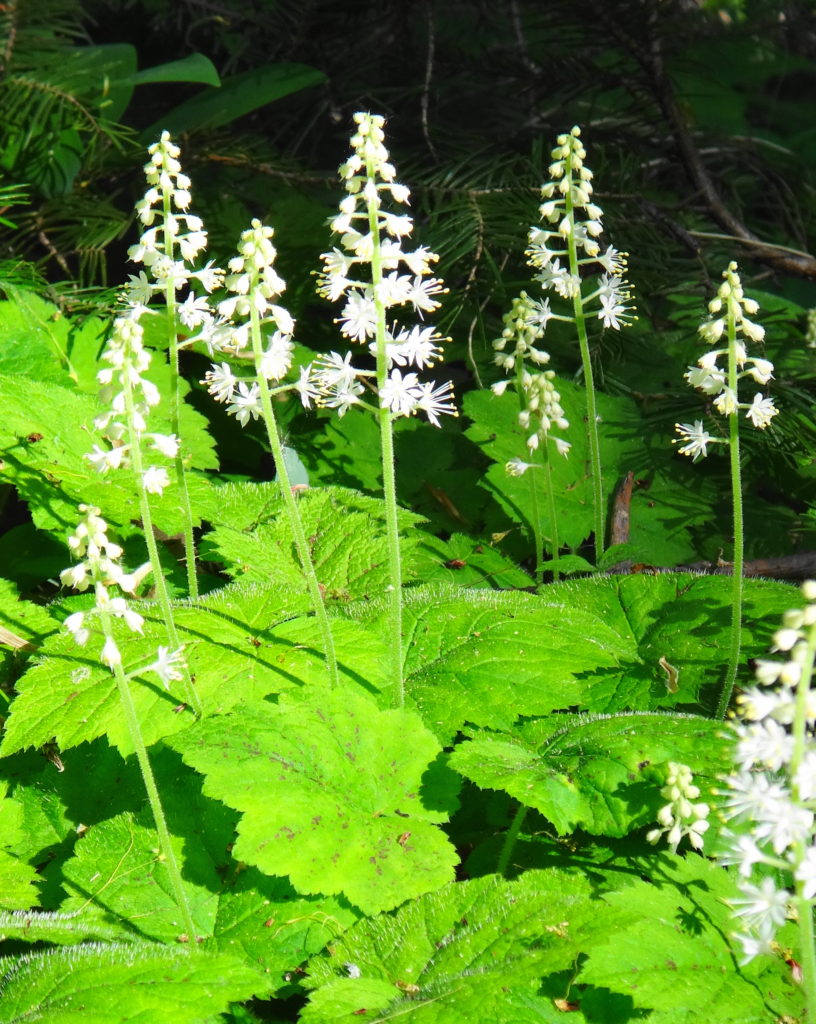
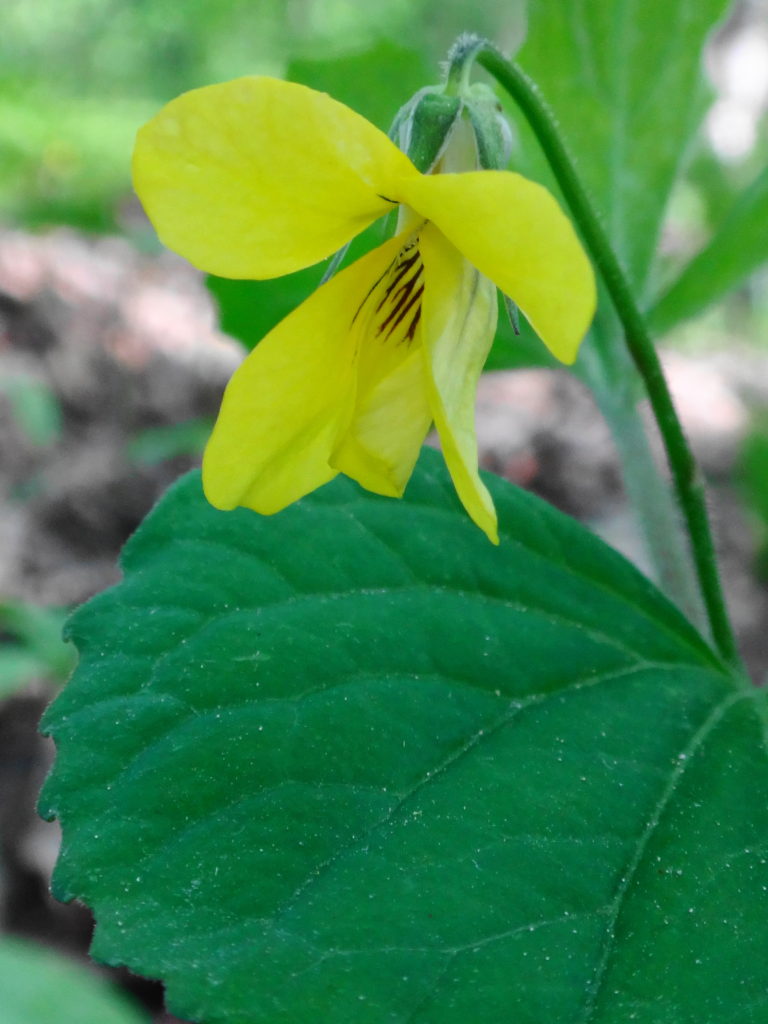
Over the next ten years, a new subdivision will grow up on the east side of the forest, with thousands of new homes and residents. The City has a rare opportunity to work now with the land developer to decide how the forest and the new community will fit together. Where will trails go, and how will they look? How can we bring children into the forest and make it safe for them? Where can we allow dogs, and can they be off-leash? Can we turn the forest into a living classroom, and if so, how do we bring students to it? Where will people find quiet, cool shade for contemplation? And, most important, can we accomodate all of these uses while still protecting the trees, wildflowers, wetlands, and wildlife that make the forest unique?
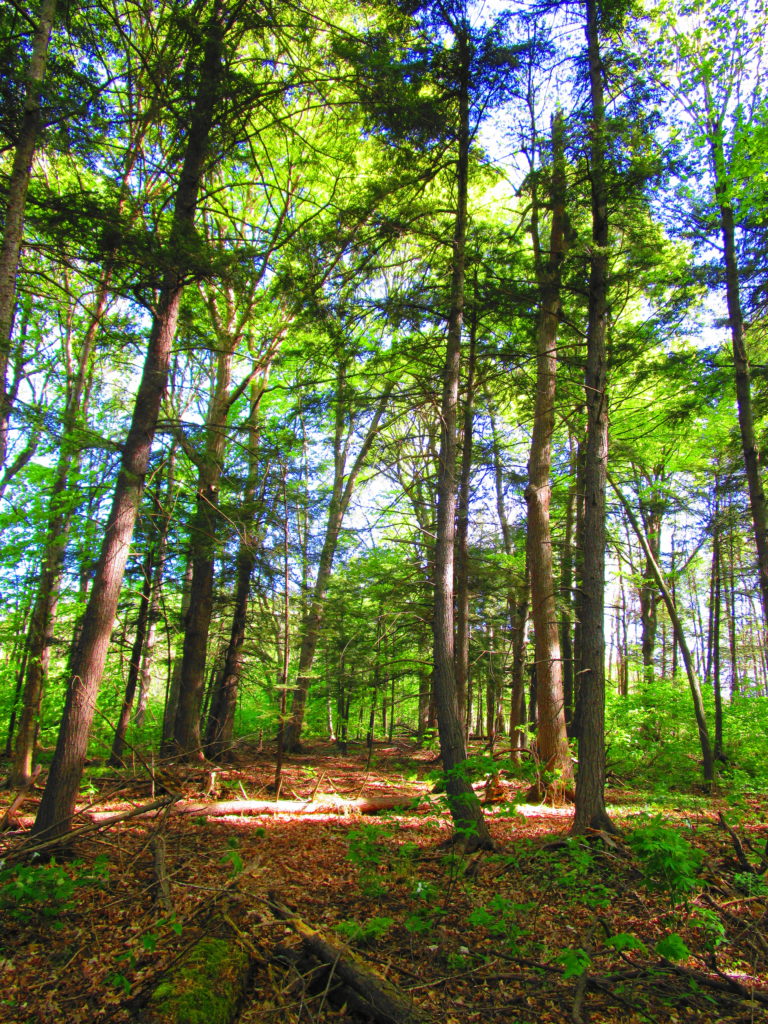
Some answers already seem apparent. If we don’t plan and create trails, then future residents will create their own. By planning trails now, we can direct traffic away from the most sensitive places and leave space for natural forest processes to continue. By considering the viewscapes along streets and across open spaces, we can highlight the natural beauty of the forest as a centrepiece of the community. By working with the shape of the forest, we can create smaller, more intimate scenes for retreat and gentle appreciation. Most important, in my mind, we must also plan for kids, for the creation of spaces and zones along and within the boundary of the forest, where free play can occur. In doing so, however, we must consider the risk posed by Ottawa’s new status as a Lyme disease area. This emerging issue emphasizes the need for particular attention to “edge management” in the transition zone between the forest and adjacent landscaped areas, both for protection of residents from natural hazards, and for protection of the forest from residents.
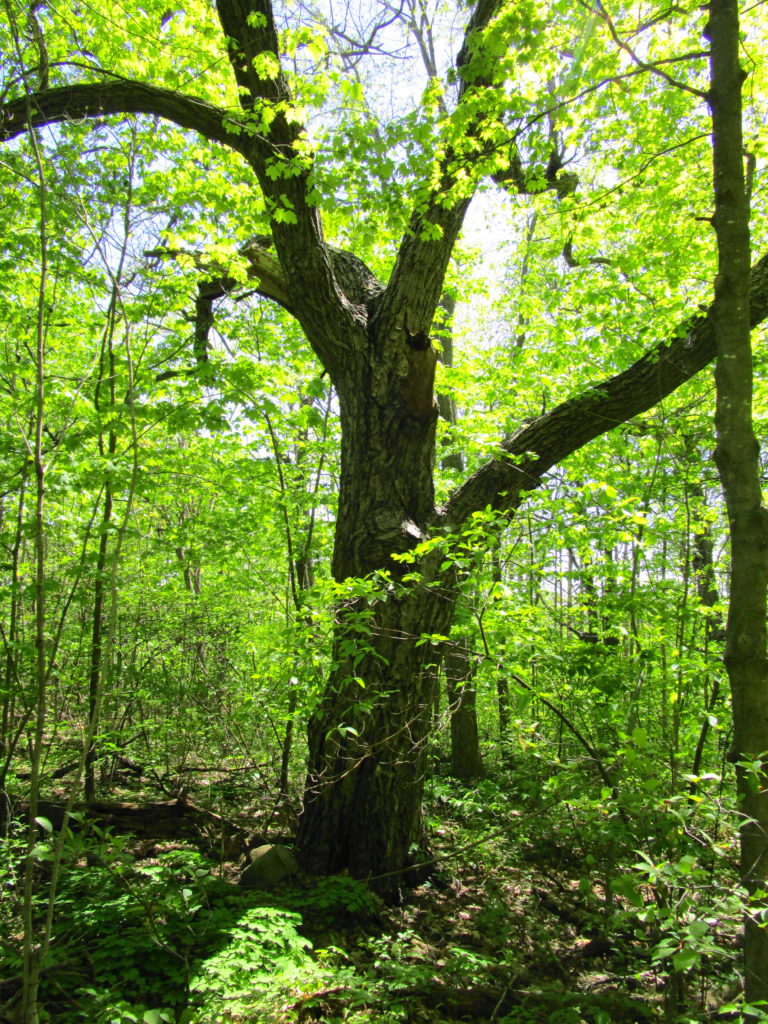
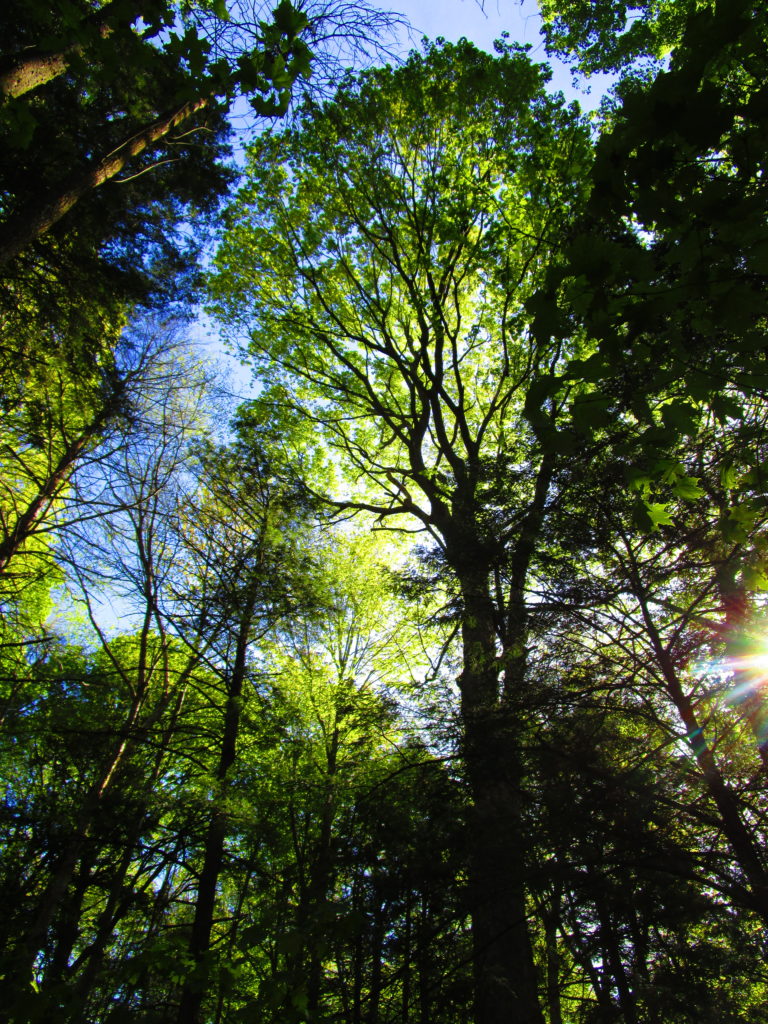
We know that no matter how carefully we plan, we cannot protect the woodlot from all impacts — whether intentional or incidental. Very sadly, unauthorized tree cutting and harvesting of wild plants has already caused substantial damage to the most sensitive portion of the forest. In the end, the fate of the forest will lie in the hands of the community. It will reflect the love and care that the community residents provide. If they value and respect the beauty and wonder of the woodlot, then they will preserve it. If not, then no amount of planning and City management will compensate. As the City and Minto move ahead with planning, we will seek community partners in stewardship and conservation.
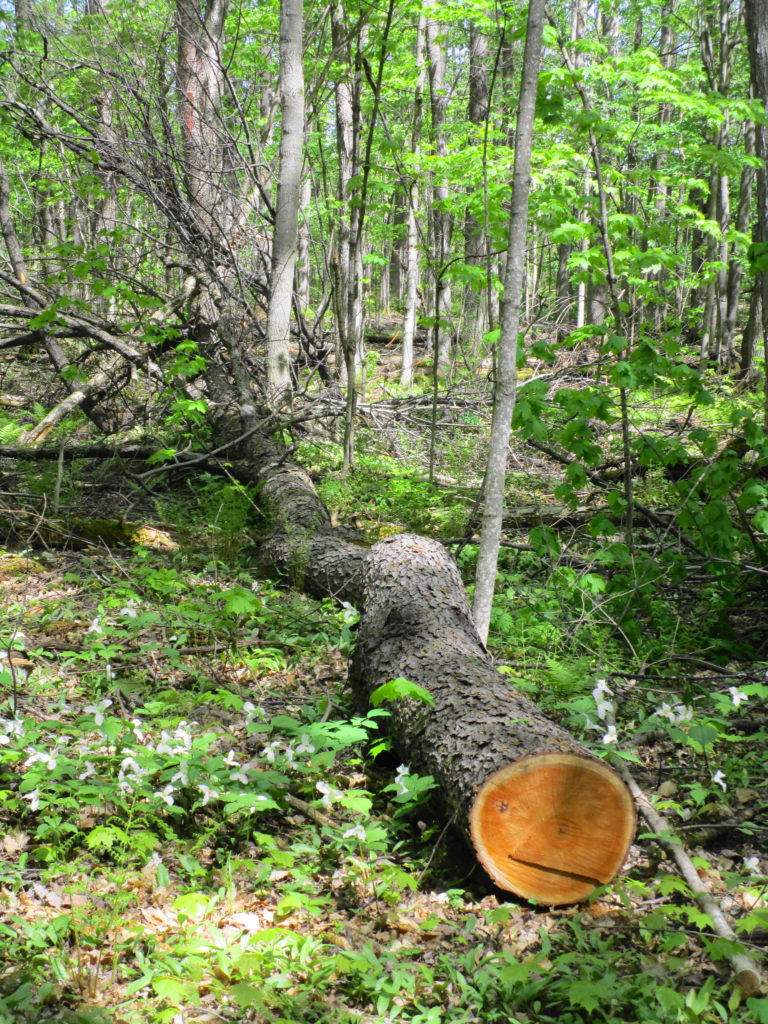
The Manotick Drumlin Forest preserves a glimpse into the forests of the past. Not a pristine glimpse — sadly the chestnuts, elms, and now white ash of old have fallen victim to imported pests and diseases — but one that conveys a strong sense of how the forest must have appeared to the Algonquins. Majestic in scale; intimate in sense; timeless in experience.
